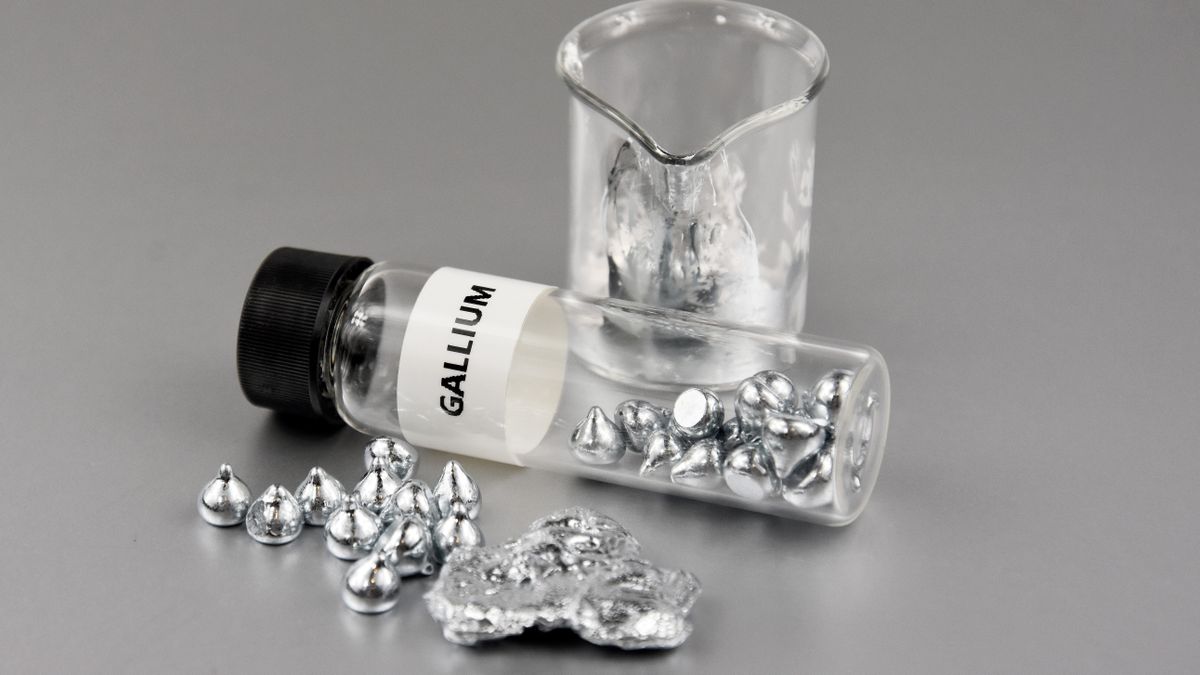Gallium, a critical metal used in semiconductors, solar panels, and other advanced technologies, has climbed to $595 per kilogram, the highest price since 2011. Trade flows in these small, specialized markets are challenging to monitor, but according to Bloomberg, China is the primary global supplier, accounting for 94% of gallium production. This sharp increase follows China’s latest export ban of critical minerals to the United States, including gallium, germanium, and antimony.
The controls are said to be part of China’s strategy to maintain its leverage in critical supply chains amidst increasing competition and trade barriers imposed by the U.S. and other Western nations. Officially, the measures aim to ensure legal and justified uses of gallium, but they are also seen as a warning against efforts to curtail China’s technological advancement.
While the restrictions do not amount to a full ban, they have created uncertainty, prompting buyers to lock in shipments and leading to price hikes. Gallium prices jumped 17% in a single week in December 2024 and are expected to rise further as global industries scramble to secure alternative sources.
The sudden increase in gallium prices reflects the metal’s indispensable role in modern technology. Gallium arsenide, a compound derived from the metal, is widely used in advanced semiconductors and high-performance electronic components. With no readily available substitutes, industries relying on gallium—including consumer electronics, aerospace, and green energy sectors—are under pressure to absorb rising costs.
China’s move is also influencing the broader critical minerals market. The export controls have sparked fears of further restrictions on other strategic resources, leading to heightened efforts in the U.S., Europe, and other regions to reduce dependency on Chinese supplies. However, establishing alternative production is challenging due to the high cost of gallium extraction and processing. Analysts note that ramping up production in regions like Canada or Europe could take years, keeping prices elevated in the near term.
The current situation underscores the vulnerability of global supply chains reliant on critical minerals. For now, industries are grappling with the immediate impact of soaring prices and uncertain supplies. In the long term, the crisis could accelerate investment in alternative sources and recycling technologies, potentially reshaping the global landscape for critical materials like gallium.



